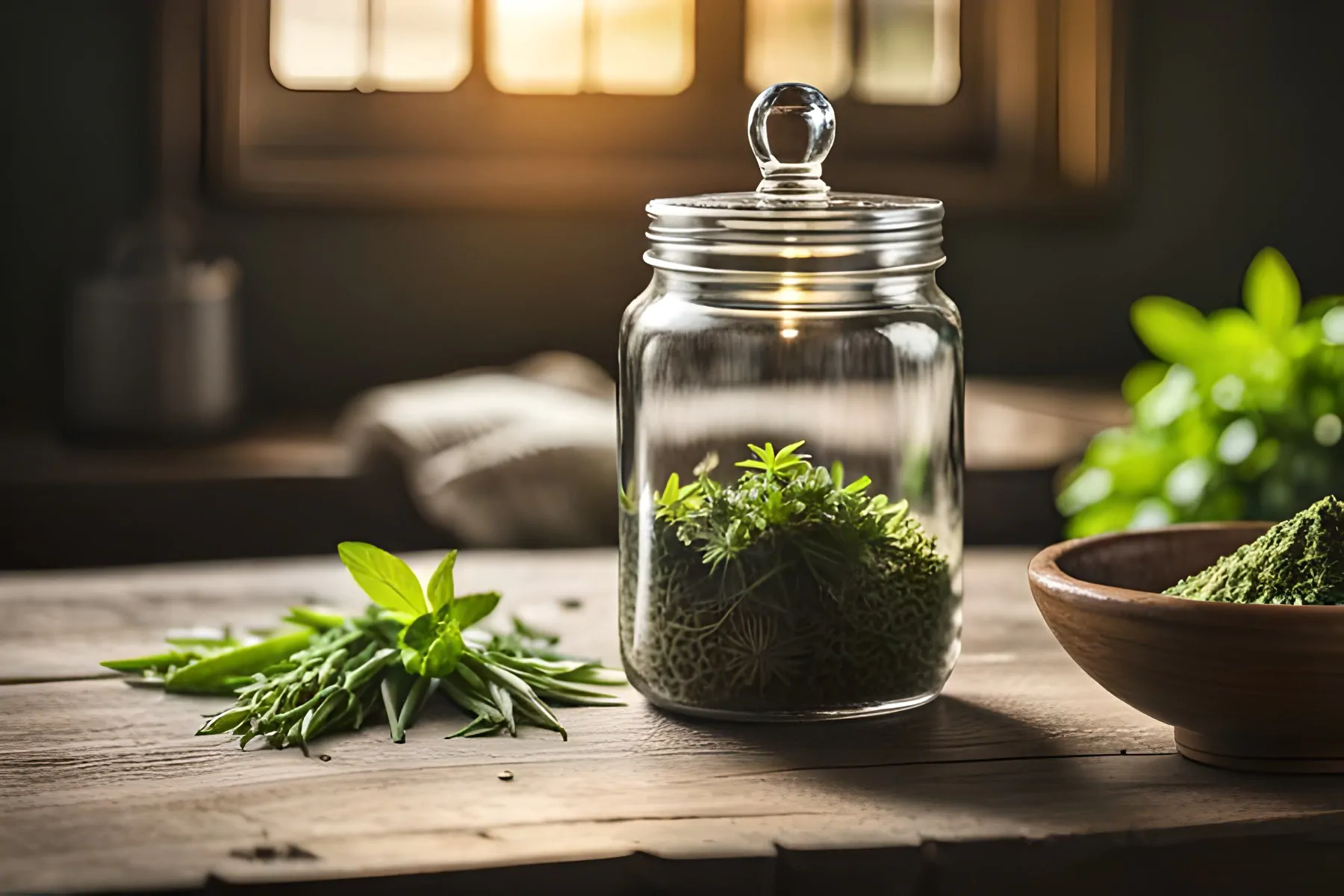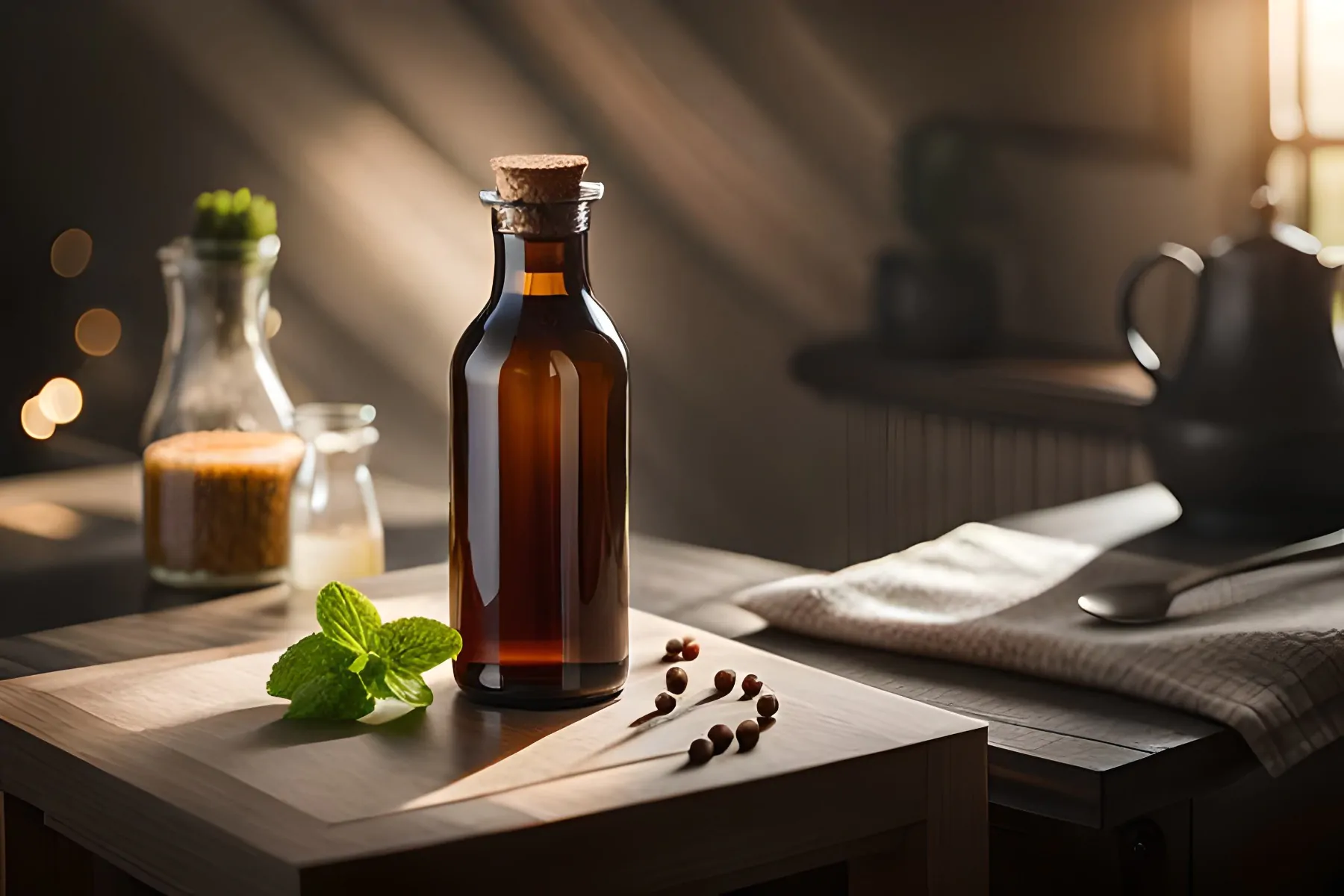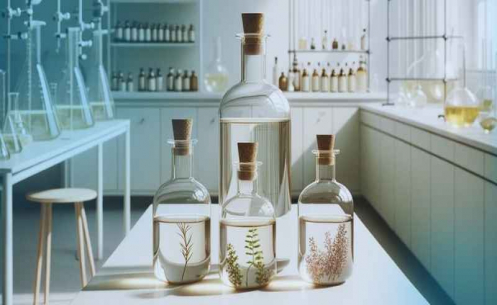7 minuten leestijd
Natural Remedies and Herbal Tinctures
Natural remedies are gaining popularity in today's hectic life. More and more people see it as a pleasant way to support their health. One traditionally used form of natural remedies is herbal tinctures. Herbal tinctures are highly concentrated liquids generally made by soaking fresh or dried herbs in high-alcohol content liquid for an extended period. Alcohol extracts the active ingredients of the herbs, allowing for larger quantities of the active substances to be consumed without the need to consume large amounts of the specific herb.
Making Tinctures Yourself
Although herbal tinctures are gaining popularity, it can still be challenging to find the desired herbs in tincture form. That's why more and more people are looking for ways to make their own tinctures from their favorite herbs! It may sound complicated, but fortunately, making a tincture yourself is not as difficult as it may seem. With a few simple steps, you can create a herbal tincture that perfectly suits your specific needs.

Making your own herbal tincture is not only a fun activity but also offers the opportunity to have complete control over what you consume. By making your own herbal tinctures, you know exactly what's in them, and you can trust that you are using only the herbs that are suitable for your specific situation!
Choosing the Right Herbs
The first step in the process is, of course, choosing the right herbs. The most important factor in selecting the type of herbs is the properties of the herbs and how they may contribute to your daily health. Then, the herbs are chopped into small pieces and placed in a glass jar along with alcohol. The herbs must remain in the alcohol for a few weeks so that the alcohol can extract the active ingredients of the herbs, saturating the alcohol with the active substances in the herbs.
Bottling the Tincture
After the tincture has been steeped for a few weeks, it is ready to be bottled. The liquid needs to be separated from the herbs, which can be done by filtering it through a coffee filter or similar. Once the herbs have been filtered out of the tincture, it can be transferred to a dark glass bottle. Don't forget to label the tincture so that you can easily identify which herbal tincture you are using!
Different Herbs and Their Effects
What you can expect from the herbal tincture depends entirely on the type of herbs used to make it. There are countless herbs that can be used to make tinctures, and we can never list them all. However, we can provide some examples of herbs commonly used in making herbal tinctures:
- Chamomile: Chamomile can have calming effects on the nervous system and a positive impact on sleep.
- Peppermint: Peppermint can help with digestive problems and provide quick relief from nausea, for example.
- Valerian: Valerian is an herb often used to reduce stress and anxiety and may be beneficial for people with sleep problems.
- Guarana: Guarana is an herb known for its energy-boosting properties, as it contains caffeine similar to coffee and can provide an energy boost during a busy day.
- Ashwagandha: Ashwagandha, made from the dried roots of Withania somnifera, is an herb that has been used for centuries in Ayurvedic medicine for its alleged adaptogenic properties! It may work to better balance the body and mind and may also have an energy-boosting effect.
Materials for Making a Tincture

Before you can start making your own herbal tincture, make sure you have all the necessary materials on hand. Below is a list of materials needed for making a tincture.
- Fresh or dried herbs of your choice.
- Grain alcohol or vodka with a minimum alcohol percentage of 40%.
- A glass jar with a tightly sealing lid.
- A strainer or coffee filter.
- A dark glass bottle for storing the tincture (ideally with a dropper).
- A label to indicate which herbs are in the tincture and when it was made.
Making the Tincture
Here is a clearer explanation with steps on how to make a tincture:
Step 1: Gather Supplies and Choose Herbs
Before you begin, gather all the supplies you need. Decide which herbs you want to use for the tincture.
Step 2: Cut the Herbs (if necessary)
Depending on how the chosen herbs are delivered, chop them finely if necessary. Finely chopped herbs will mix better with alcohol and release the active ingredients more effectively.
Step 3: Place the Herbs in a Glass Jar
Place the finely chopped herbs in a glass jar with a tightly sealing lid, such as a Mason jar. Make sure the herbs are evenly distributed.
Step 4: Pour the Alcohol
Pour the alcohol over the herbs until they are completely covered with liquid. Ensure that the herbs are well submerged in the alcohol.
Step 5: Seal the Jar Tightly
Seal the glass jar tightly with the lid to create an airtight seal.
Step 6: Store in a Dark Place
Place the sealed jar in a dark location, such as a closed cabinet. This protects the tincture from direct light, which can reduce its quality.
Step 7: Let the Mixture Rest
Allow the mixture to sit undisturbed for at least 2 weeks. During this time, the alcohol and herbs have the opportunity to blend, and the active ingredients are extracted.
Step 8: Shake Daily
Shake the jar daily to bring the alcohol in contact with all parts of the herbs, allowing all active substances to be released effectively.
After these steps, you have a homemade tincture ready for use. Remember to strain or filter the tincture before using it, and store it in a tightly sealed bottle in a cool, dark place.
Using the Homemade Tincture

After 2 weeks, the tincture is ready. Filter or strain the liquid to remove all herbs, then transfer the tincture to a dark glass bottle. Don't forget to label the bottle clearly so you can easily identify which tincture it contains.
Your homemade tincture is now ready for use! You can add it to tea, coffee, juice, or water. You can also, of course, drop a few drops directly under your tongue.


